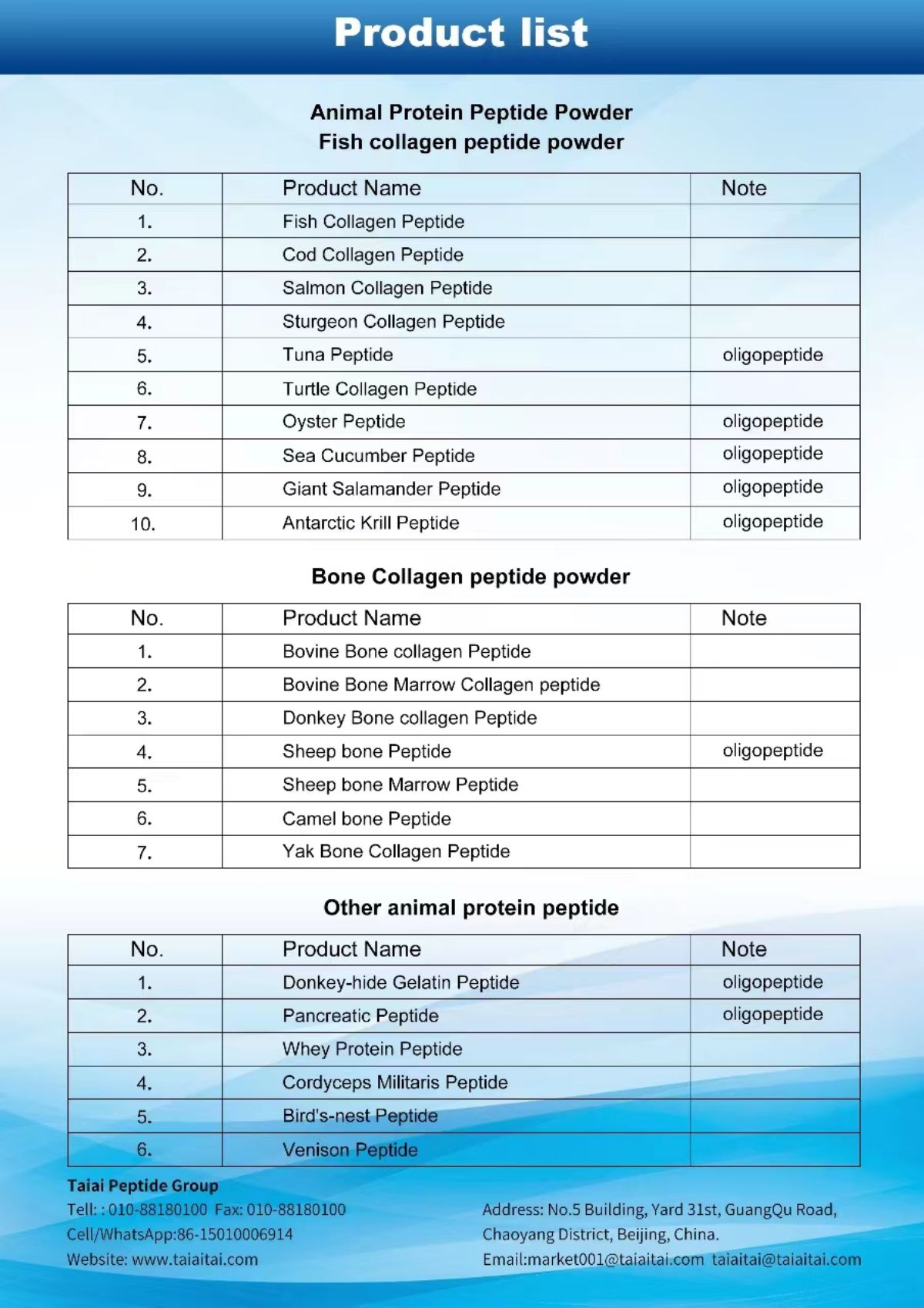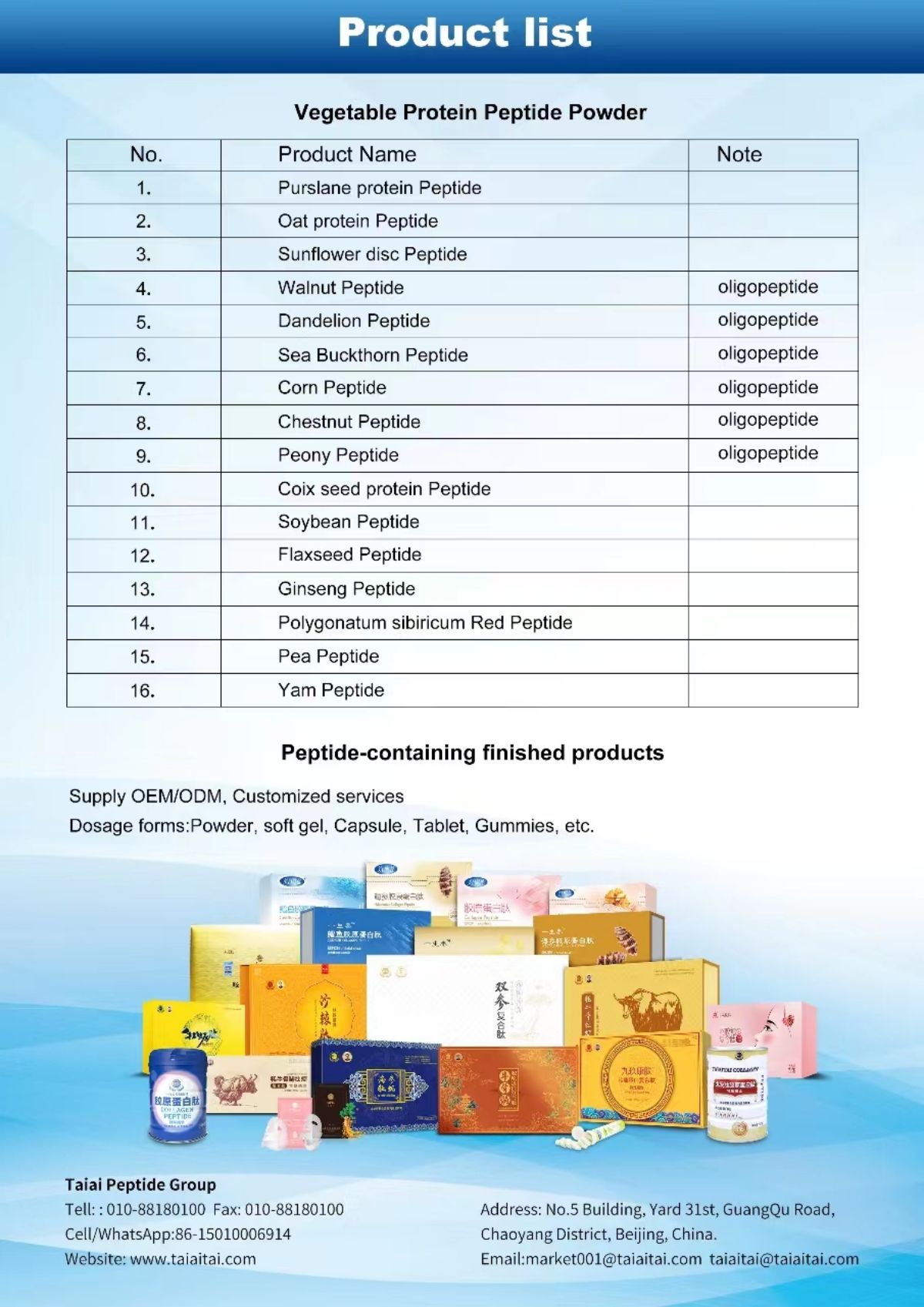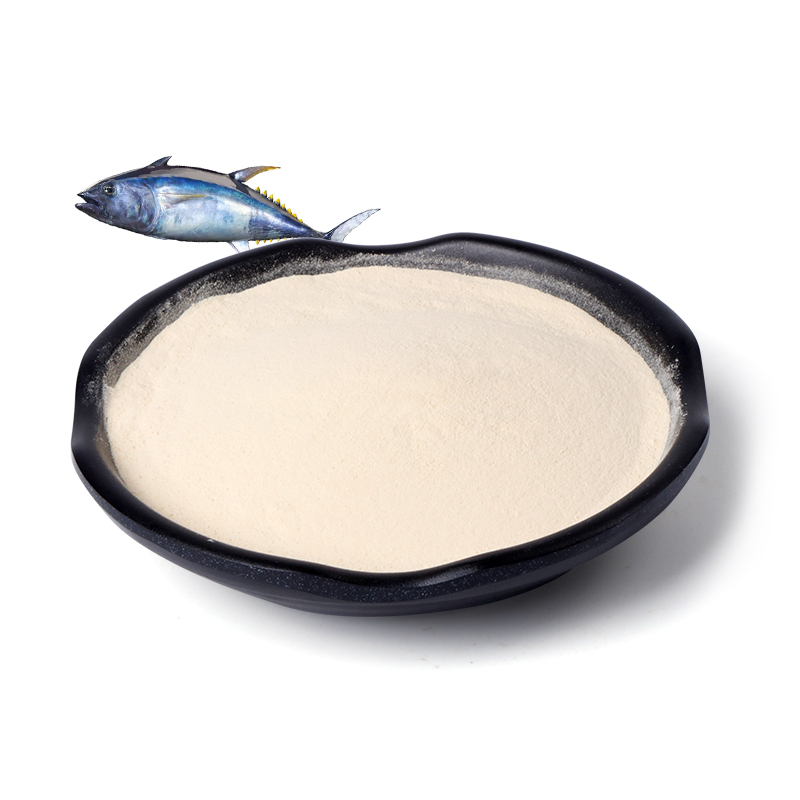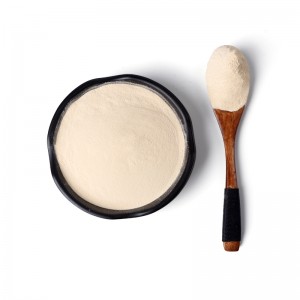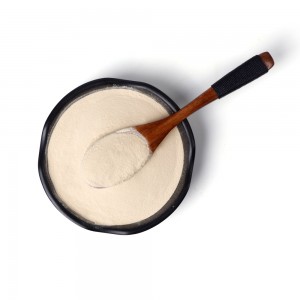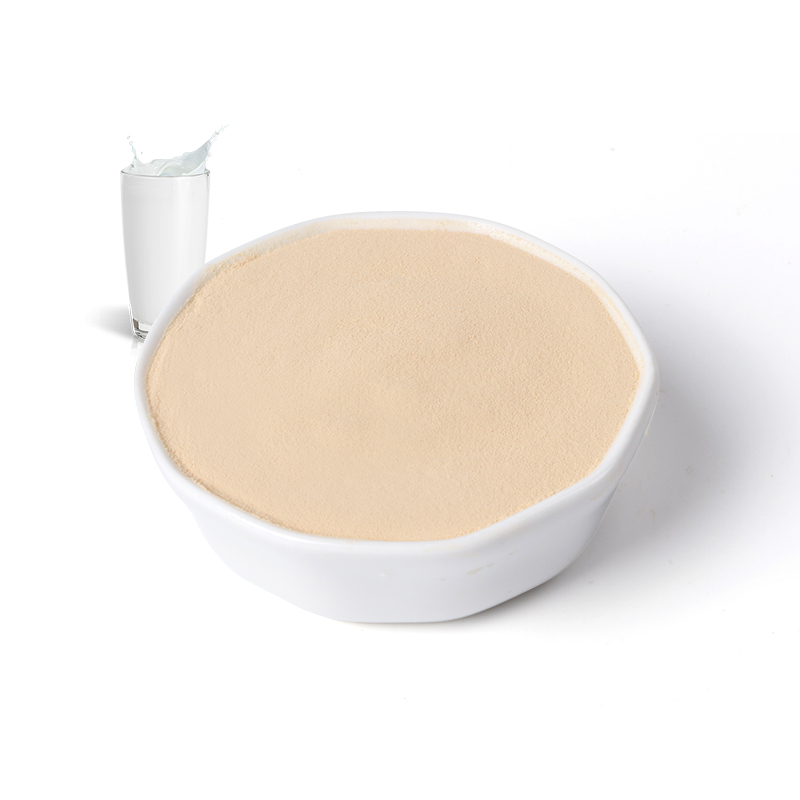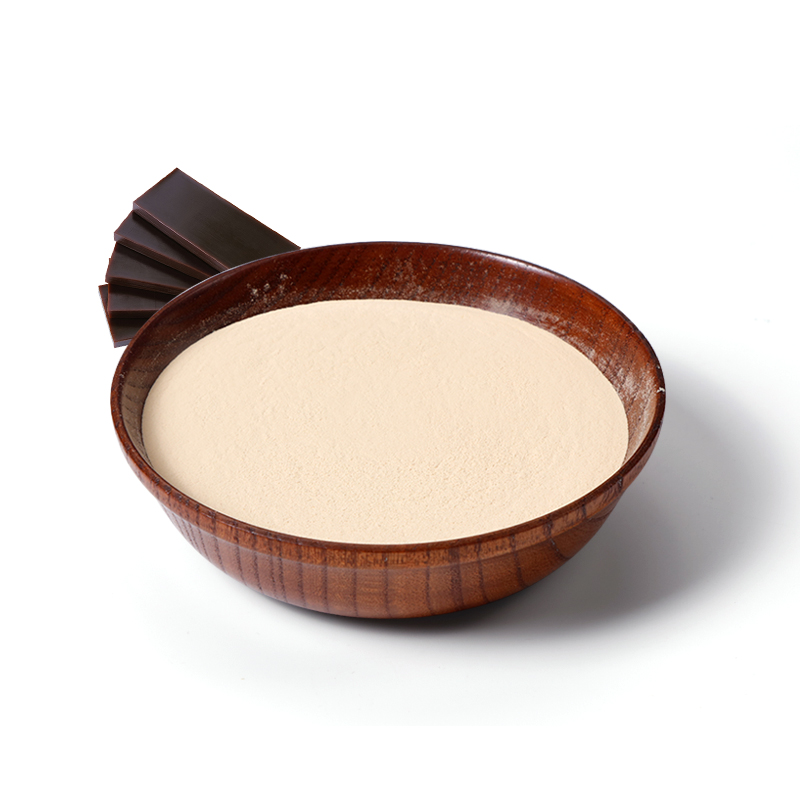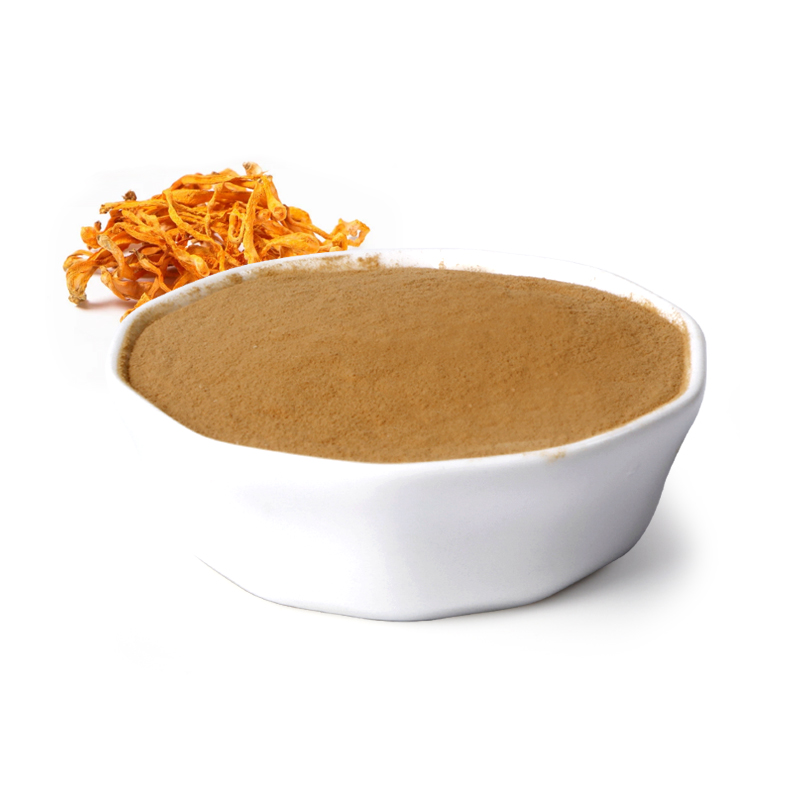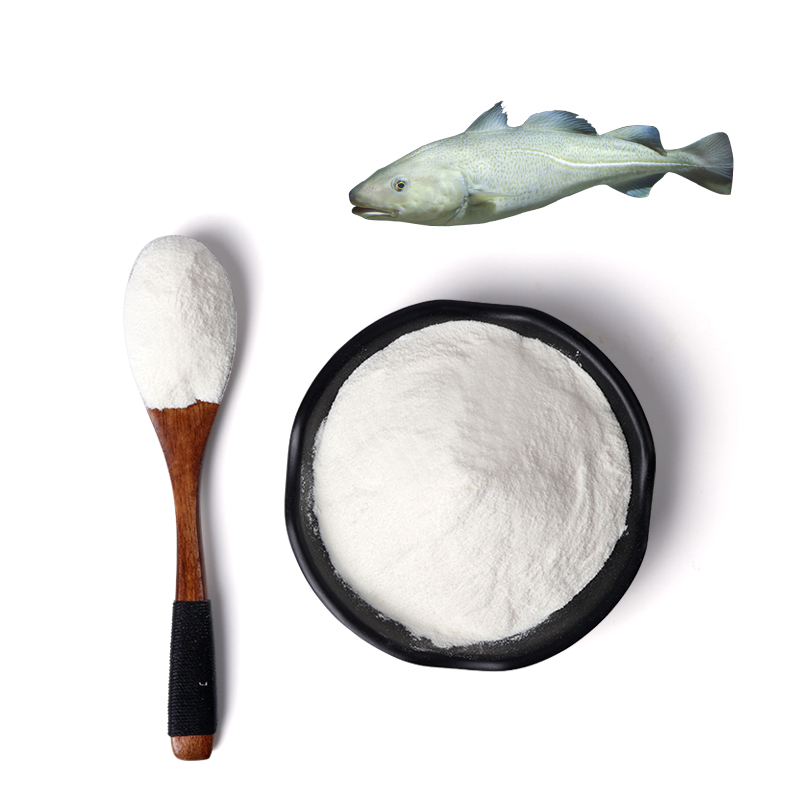Tunnies tuna meat extract protein collagen peptide oligopeptide powder
*Glutathione: antioxidant, antioxidant function, growth promotion
*Carnosine: It has the functions of scavenging free radicals, antioxidant, anti-aging, and preventing metabolic disorders. Neuromodulation, stabilizing cell membranes
*Anserine: a type of histidine dipeptide naturally found in vertebrates, with significant antioxidant, anti-aging, uric acid-lowering and other functions
*Tunny small molecule sleep peptide: induces the brain to produce delta sleep waves, promotes the body to fall asleep quickly, and also acts as a "high-speed train" to carry gamma-aminobutyric acid.
*Tunny intestinal nutritional peptide: promotes the proliferation of intestinal lactobacilli and inhibits the growth of Escherichia coli
*In the tuna active peptide, the content of trace element zinc reaches 1010μg/100g
*Tuna collagen peptides are rich in organic selenium (1.42mg/kg) ,taurine (41mg/100g,) chelated calcium (2691mg/kg) ,etc.
| Product Name | Tuna peptide |
| Peptide type | Oligopeptide |
|
Appearance |
Light yellow wanter-soluble powder |
|
Material Source |
Tuna meat |
|
Technology Process |
Enzymatic hydrolysis |
|
Molecular Weight |
0~1000Dal <1000Dal |
| Packing | 10kg/Aluminum foil bag, or as customer requirement |
| OEM/ODM | Acceptable |
| Certificate | FDA;GMP;ISO;HACCP;FSSC etc |
| Storage | Keep in a Cool and Dry Place, avoid direct sunlight |
A peptide is a compound in which two or more amino acids are connected by a peptide chain through condensation. Generally, no more than 50 amino acids are connected. A peptide is a chain-like polymer of amino acids.
Amino acids are the smallest molecules and proteins are the largest molecules . Multiple peptide chains undergo multi-level folding to form a protein molecule.
Peptides are bioactive substances involved in various cellular functions in organisms. Peptides have unique physiological activities and medical health care effects that original proteins and monomeric amino acids do not have, and have triple functions of nutrition, health care, and treatment.
Small molecule peptides are absorbed by the body in their complete form. After being absorbed through the duodenum, the peptides directly enter the blood circulation.

(1)Antioxidant, scavenging free radicals
(2)Inhibit excessive production of uric acid
(3)Help uric acid be excreted from the body and reduce uric acid levels
(4)Reduce lactic acid content and resist fatigue
(1)Clinical drugs: used for gout treatment
(2)Functional food: used to resist fatigue, increaseendurance, promote sleep, and increase resistance.
(3)Sports nutrition foods: increase endurance
Suitable for gout patients, sports people, sub-healthy people, fatigue-prone people, and the elderly
Contraindications: Not suitable for infants and young children
Maintenance group aged 18-60 years old: 2-3g/day
People with gout: 5g/day
Sports people: 3-5g/day
Postoperative population: 5-10 g/day
|
Test Results |
|||
|
Item |
Peptide molecular weight distribution |
||
|
Result Molecular weight range 1000-2000 500-1000 180-500 <180 |
Peak area percentage (%, λ220nm) 6.82 20.37 51.72 20.49 |
Number-average Molecular Weight 1283 653 272 / |
Weight-average Molecular Weight 1329 677 295 / |
